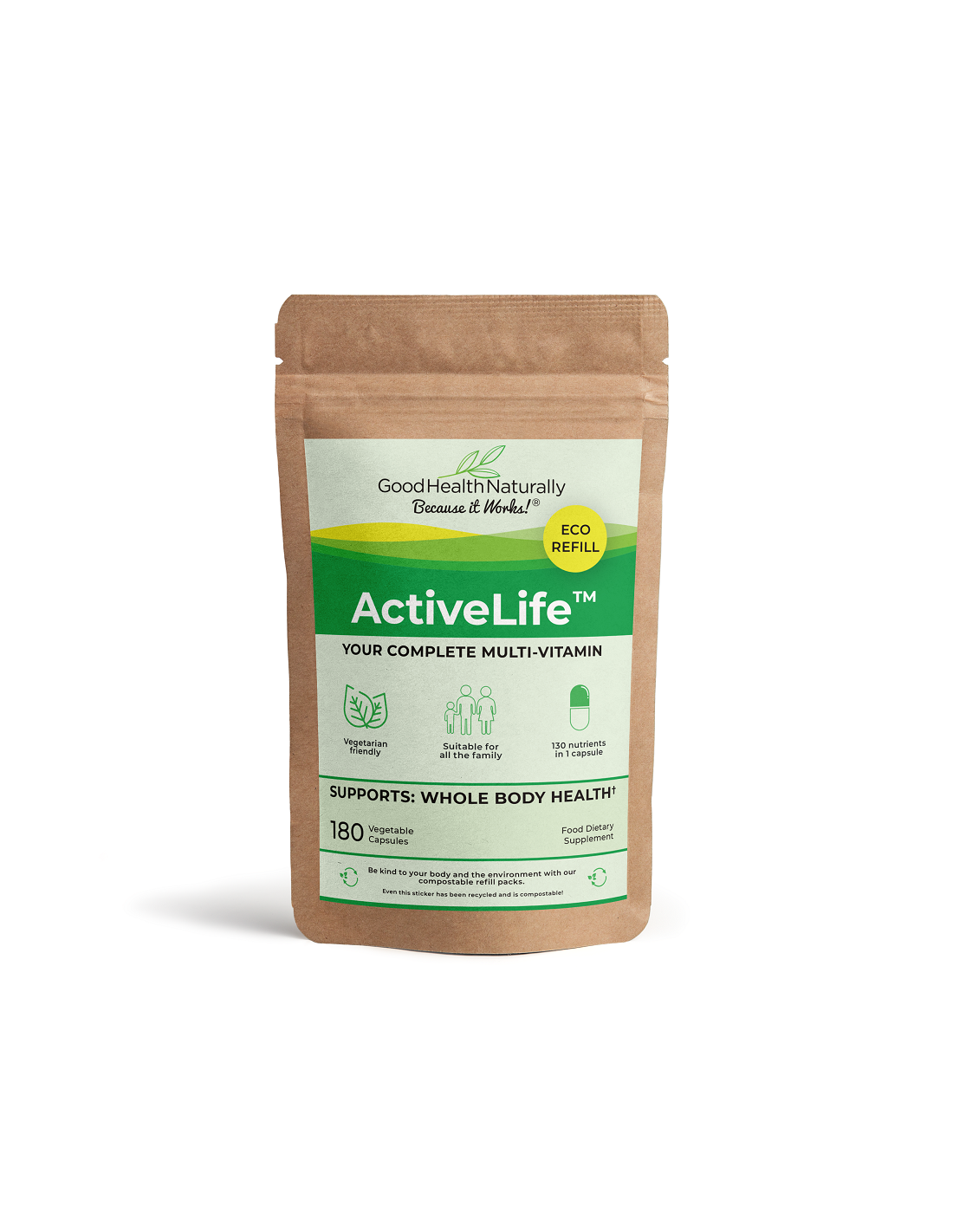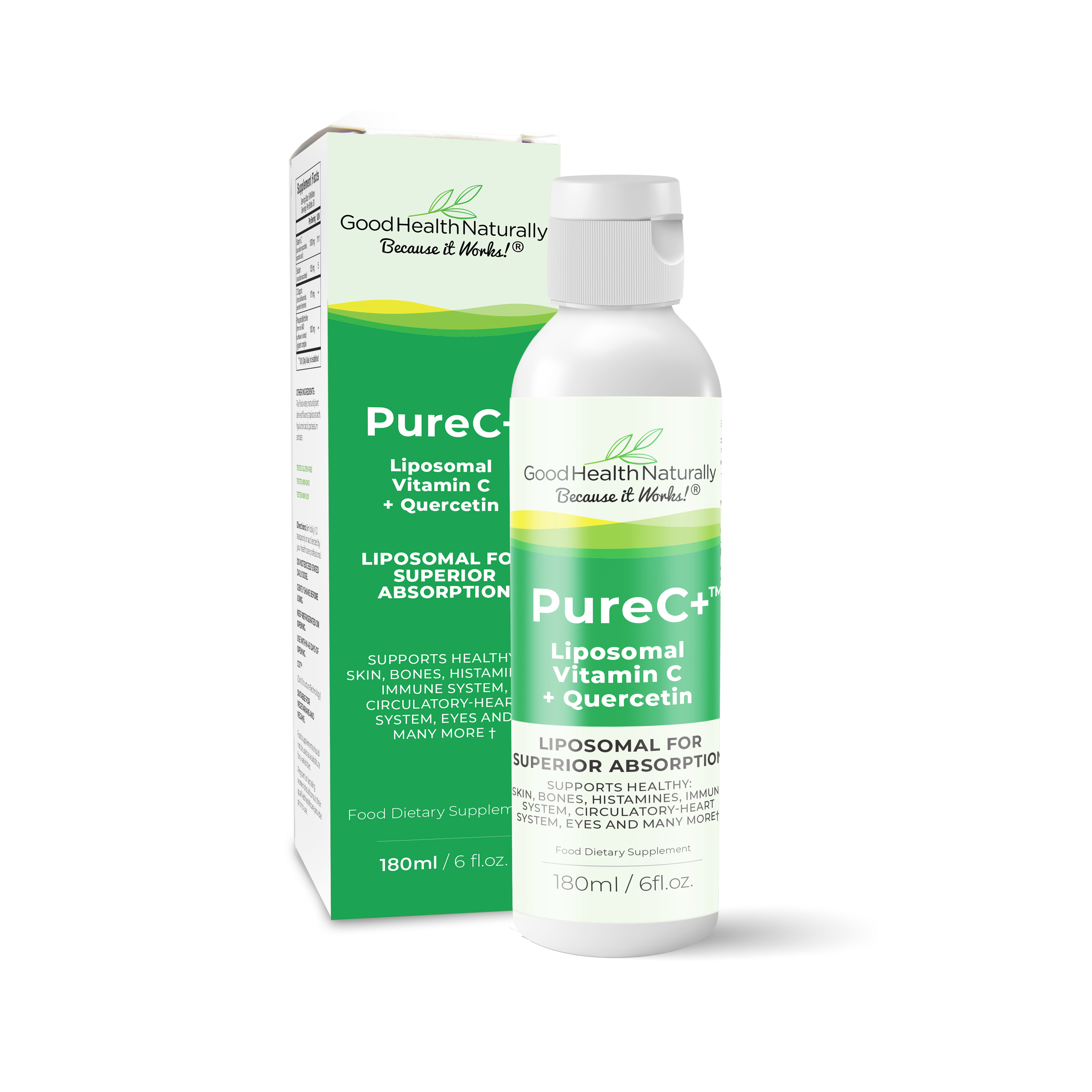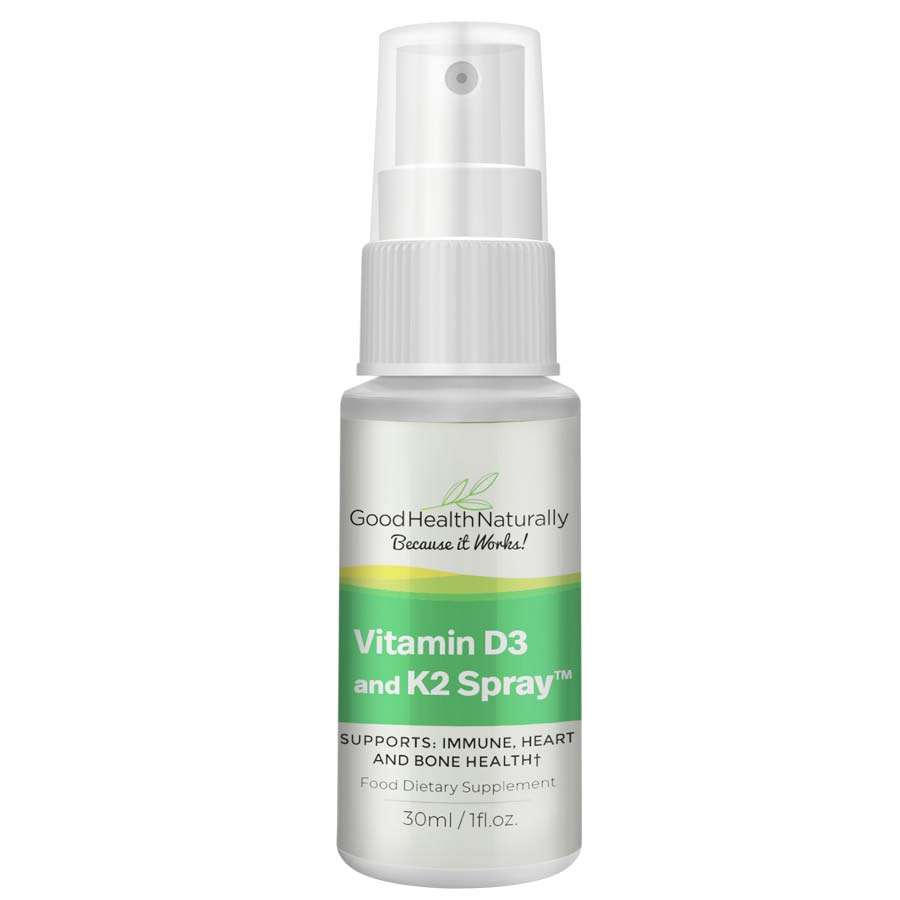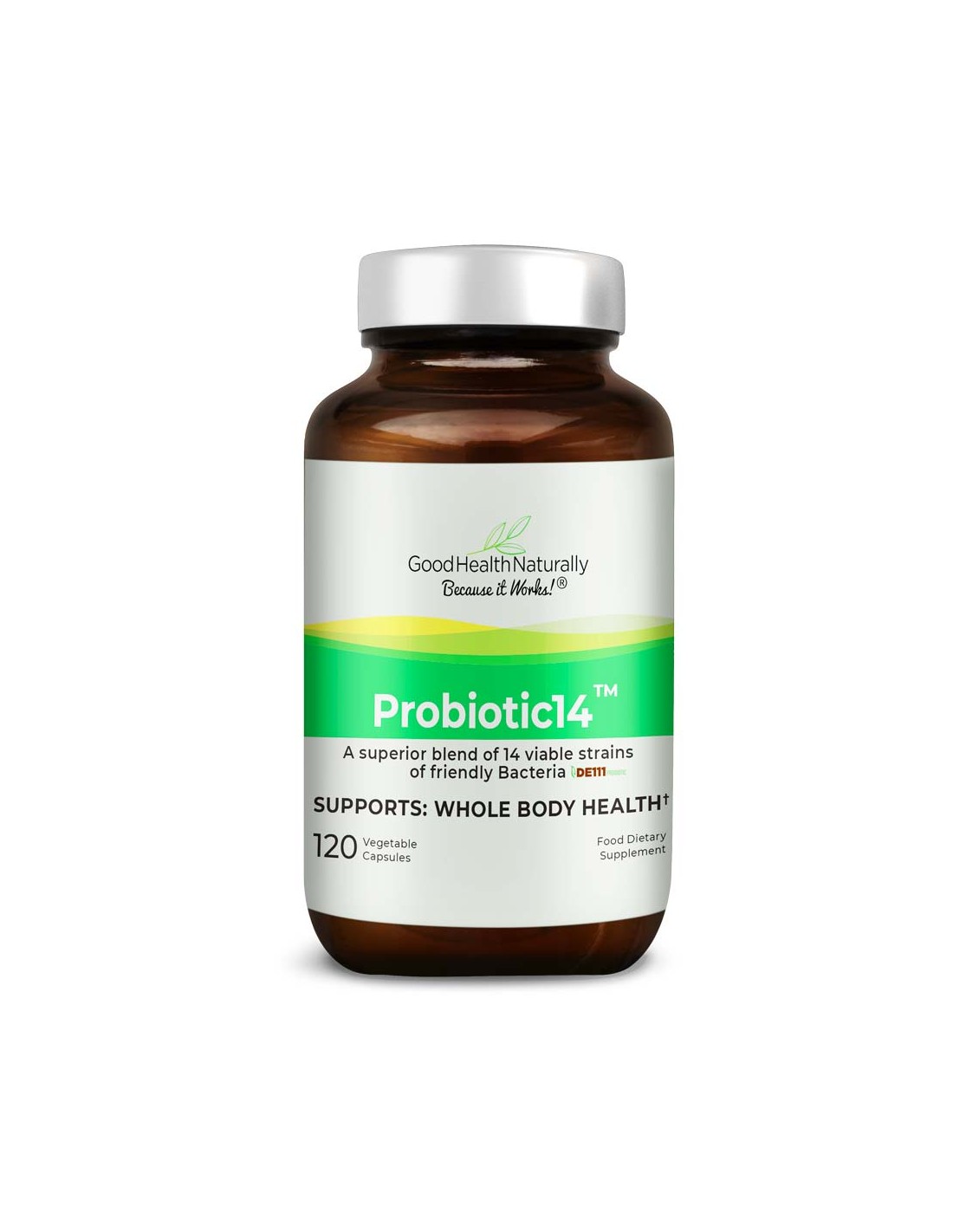Conflict, pollution, and disease are just a few examples of the threats our kids are facing. In a perfect world, teaching healthy habits could help combat many of these dangers. But most parents know, it’s never that easy. Kids gravitate to the same temptations we do: processed foods, screen time, and skipping out on activity.
Recognizing the issues we’re facing helps, but it doesn’t guarantee our kids will embrace healthful habits. A subtle introduction may make new concepts less threatening and can get us farther than negotiating.
Does junk food make junk kids? 7 modern foods causing kids problems
Most dangers lie on the plate. If eating processed food during pregnancy doesn’t predispose a child to junk food addiction – as it’s shown to – TV ads will seal their fate. A 2018 Australian study found that junk food commercials are aired 2.3-times more than healthy food advertisements during times of peak viewing for children. No wonder some of the most damaging foods are among our kids’ favourites. Steer clear of:
1. Breakfast cereal.
As easy as it is to pour a bowl of cereal in the morning, don’t. A commercial cereal may advertise vitamins and minerals — and even whole grains — but it also contains large quantities of sugar and processed ingredients. High levels of food colouring in cereals may also affect a child’s mood and behaviour.
2. Crackers.
Crackers make for a handy snack, but they’re on the list of starchy carbs to be
avoided. Other examples include rice, potatoes, refined and wheat pastas, pastries, cookies, breads, and breakfast cereals. Crackers are produced from processed white flour and contain an excess of inflammatory oils and preservatives.
3. Deli meat.
Another big no-no: While making a sandwich to pack in a lunch is simple, we now know that deli meat contains dangerous levels of nitrates that can increase cancer risk. A 2020 U.S. study showed that processed meat intake, officially classified as carcinogenic, spikes heart disease and overall death risk.
4. Fruit juice.
Contrary to what the colourful food packaging may tell us, most commercial
fruit juices are high in sugar and low in fibre and vitamins. They don’t resemble real juice whatsoever. Kids are drawn to apple juice, and parents may see it as a
healthier option – one which is almost completely made up of fructose.
5. Granola bars.
Call granola bars “nature’s deception.” Almost all granola bars are advertised as healthy, when the opposite is true. Most granola bars are nutrient-poor with an ingredient label that reads like a candy bar — full of sugar, marshmallows, chocolate chips, high fructose corn syrup, and artificial dyes. Somecontain close to 4 teaspoons of sugar.
6. Soft drinks.
It’s hard to justify giving kids a sugary soft drink that can contribute to obesity or even a diet soda laden with chemical sweeteners. Large amounts of high fructose corn syrup in soda can increase diabetes risk in children; a major 2019 European study also linked regular and diet soft drink consumption with a greater risk of all-cause death.
7. Pizza.
Takeout pizza is convenient but far from healthy. A better alternative to refined carbohydrates, commercial dairy, and processed meat on a pizza is a baked pizza made with a cauliflower crust. Or, bake a personal pizza on a portobello mushroom, topped with grilled veggies and garnished with herbs and vegan cashew or almond cheese.
The Western Diet
In the Western diet where processed foods are king, looks can be deceiving. Misconceptions spread by the food industry, coupled with skilful advertising, have produced countless un-natural foods disguised as “healthy.”
Stick with whole plant foods instead and begin introducing them as a baby starts solids. Eat fresh or frozen veggies (preferably organic), dark-skinned fruits and avocados, beans, nuts, seeds, healthy oils, and healthy grain alternatives, like buckwheat and quinoa. Read more on incorporating nutritious foods in the next section.
It’s not too late: 7 healthy hacks most kids can get on board with
Try:
1. Clever swaps
A healthy diet supports better reading skills within the first three years of school. But the difficulty is getting kids to eat it. Swapping, and even disguising, healthy foods can help soften the blow for pickier palates. Use sprouted bread in lieu of whole-wheat bread for sandwiches. Substitute chickpea pasta for refined noodles. Serve baked sweet potato fries. Blend up an all-in-one smoothie that includes avocado and kale. And instead of juice boxes and soft drinks, offer fruit-infused water. Keep fruity water on hand – made with chopped limes, strawberries, or cucumbers – in individual water bottles or a pitcher in the fridge.
2. Family dinners outside
Turn family dinner into a device-free hour and take the opportunity to get outdoors. Boredom – i.e., time spent without a device in hand – is said to breed brilliance and creativity. Science also shows that eating dinner together
as a family has mental, physical, and emotional benefits that include higher self-esteem and lower risk of obesity and depression.
Eating outside in the warmer months gives kids and adults the chance to absorb vitamin D. It helps to expose the skin to the sun whenever possible, wearing clothing as a cover-up during peak daylight.
3. Help with shopping/cooking
Getting kids involved in healthy activities like grocery shopping and meal prep can get them interested – and invested — in eating better. Take younger children to the store and let them read and cross off items on the grocery list. Ask older kids to pick, help shop for, and cook their own healthy meal to serve at family dinner.
Kids might also enjoy watching cooking channels for inspiration; children who watch kid-friendly cooking shows featuring nutritious meals may be 2.7-times more likely to eat healthy, a 2020 Dutch study noted.
4. “Quiet” hours
As another way to unplug, consider blocking off an hour each day, or at least on the weekend, for quiet time that can be spent thinking, drawing, playing outside, or reading. A fully quiet hour can be a challenge for both grown-ups and kids. For younger children, it can help to start with a quiet 15 minutes and then work up from there, adding 15-minute increments. Quiet time can help kids identify the difference between solitude and loneliness. Adolescents given blocks of alone time have reported positive emotional payoffs, as well as increased alertness.
5. Super-fun supplements
Taking a full-spectrum multivitamin each day can benefit every member of the family – as long as kids don’t refuse it. To avoid turning a child off, test different formulations. An all-in-one multi or soil-based probiotic capsule can be opened and broken over food for young children, and quick-absorbing vitamin C liquid liposomes are tasty off the spoon for kids of any age. Sublingual vitamins like D3 and K2 can also be sprayed into the mouth, offering direct delivery to support mood and behaviour in adolescent children.
6. Vegetable-eating challenges
Viral social challenges are all the rage, so why not put a healthy spin on it? Younger kids might appreciate a playful veggie-eating chart, where gold stars can be awarded until a larger prize is earned. Older kids could compete to see who can eat the most vegetables in 24 hours.
Reward the nightly winner with non-food treats like an extra hour of TV or special weekend privileges. Incentivizing school-age kids with raffle tickets or a small amount of money has helped increase vegetable and fruit intake by 80 percent and decrease lunchroom produce waste by as much as 33 percent.
7. YouTube yoga
On the days kids don’t feel like playing outside, or the weather isn’t cooperating, turn on a YouTube class for the family. Family-friendly yoga options are everywhere, as are family dance videos, shake breaks, and more traditional workouts. Yoga improves flexibility and strength, while also increasing kids’ calmness and body awareness. Some schools have started implementing simple yoga and mindfulness
practices to successfully help regulate stress and anxiety in young children.
Instead of looking at it as an obstacle, it could be an opportunity. Whether our kids are toddlers or teens, we have options to start doing things differently. Simple changes can have the biggest impact.
Recommended Products
Active Life™
Active Life™ – Provides 800mcg, 500% of Folate as (6S)-5-methyltetrahydrofolic acid) (equivalent to 1600mcg of (6S)-5-methyltetrahydrofolic acid, glucosamine salt*** (Quatrefolic®) ), along with 80mg, 588% of Niacian Vitamin B3 (from Niacinamide), plus other essential nutrients for a total of 130 vitamins, minerals and nutrients. Available from Good Health Naturally.
PureC™ Liposomal Vitamin C + Quercetin
PureC+™ Liposomal Vitamin C + Quercetin – Powerful anti-inflammatory and antioxidant support, providing 1000mg of high-quality Liposomal Vitamin C, along with 175mg C-Support (citrus bioflavonoids, quercetin), plus 1000mg Phosphatidylcholine (PC) per serving. Vitamin C can support immune function, brain health, blood sugar, and heart health. Protects cells from oxidative stress and may help to maintain healthy bones, cartilage, and connective tissues. Available from Good Health Naturally.
Vitamin D3 & K2 Sublingual Spray
Vitamin D3 and K2 Spray™ – Contains Vitamin D3 and K2 from MK-7 to support calcium absorption and reabsorption. Promotes well balanced health of the bones, heart and may support your immune health amongst other benefits. Available from Good Health Naturally.
Probiotic14™
Probiotic14™ – Contains a superior blend of 14 viable strains of friendly bacteria and 9 billion colony forming units. Contains fructooligosaccharides that can improve digestive health. Supports digestive health, and strengthens the immune response. Available from Good Health Naturally.









